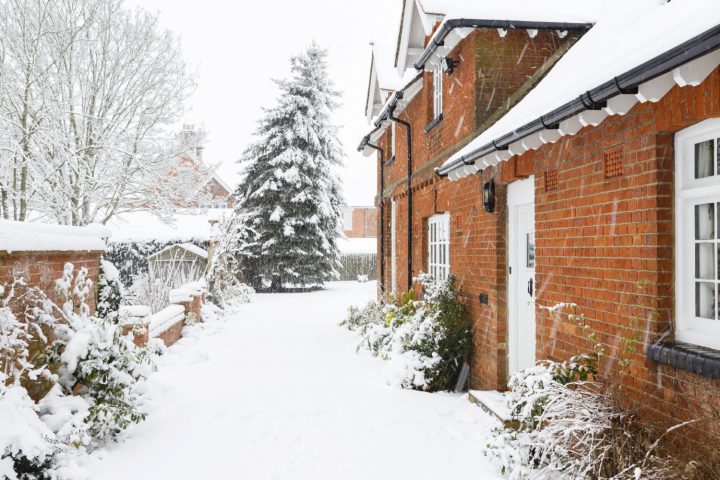
2019-12-13
Insulation for Summer and Winter
An Energy Performance Certificate (EPC) is mandatory whenever a building is constructed, sold or rented out in the UK. The difference in energy costs between an EPC band A and band G for a domestic detached property is £275 annually, so customers will pay close attention. Since up to 50% of heat can be lost through walls and the roof can account for 25% of heat loss, insulation is the major factor in the grading and the following main solutions are available to improve the EPC of a building.
Winter
Insulation against cold is achieved primarily by addressing conductive heat loss, with the thermal resistance of insulation material graded using R-values: higher values being more effective.
Cavity wall insulation
Cavity wall insulation produces a continuous insulation layer between the walls of a property. Polyurethane foam, polystyrene beads or mineral wool is blown into the cavity from outside the external wall.
Cladding
Solid walls can be insulated externally by applying cladding made from timber; concrete blocks, usually installed during construction; or foam boards, which require a facing, typically cement render.
Internal wall insulation
Internal wall insulation can be more economical but it will reduce floor space. Insulation boards are fixed to the wall, or a cavity wall is created by erecting a stud partition and filling with mineral wool.
Attic floor insulation
Attic floor insulation requires two layers of mineral wool, laid at right angles, to be effective. The second layer should cover the joists, to eliminate thermal bridging: heat leakage primarily at insulation joins or through wooden struts. Hard-to-access areas can be insulated with blown-in material, such as polyurethane foam, cellulose or mineral wool fibre. Alternatively, insulation may be applied to the underside of the roof, at a depth to cover the rafters, to create a warm loft. This can be sprayed foam insulation or fixed batts.
Summer
The effective described above is just as important in keeping structures cool in summer or warm in winter. Some additional measures will maximise insulation from heat.
Radiant barriers
Radiant barriers are very effective at reflecting radiated heat from the summer sun by using highly reflective surfaces, often polished aluminium foil fixed to a backing. They are especially effective installed in the attic, as most summer heat radiates down through the roof. Radiant barriers are unaffected by changes in humidity, unlike some materials, such as fibreglass. However, performance will be affected by the accumulation of dust on the reflective surface, which can be avoided by installing the barrier reflective side down, for example between the rafters in a loft space, while leaving an air gap to allow air to circulate.
Thermal blinds and/or UV protective film
Thermal blinds and/or UV protective film on windows will block sunlight from heating the room, while also thermally insulating the window.






